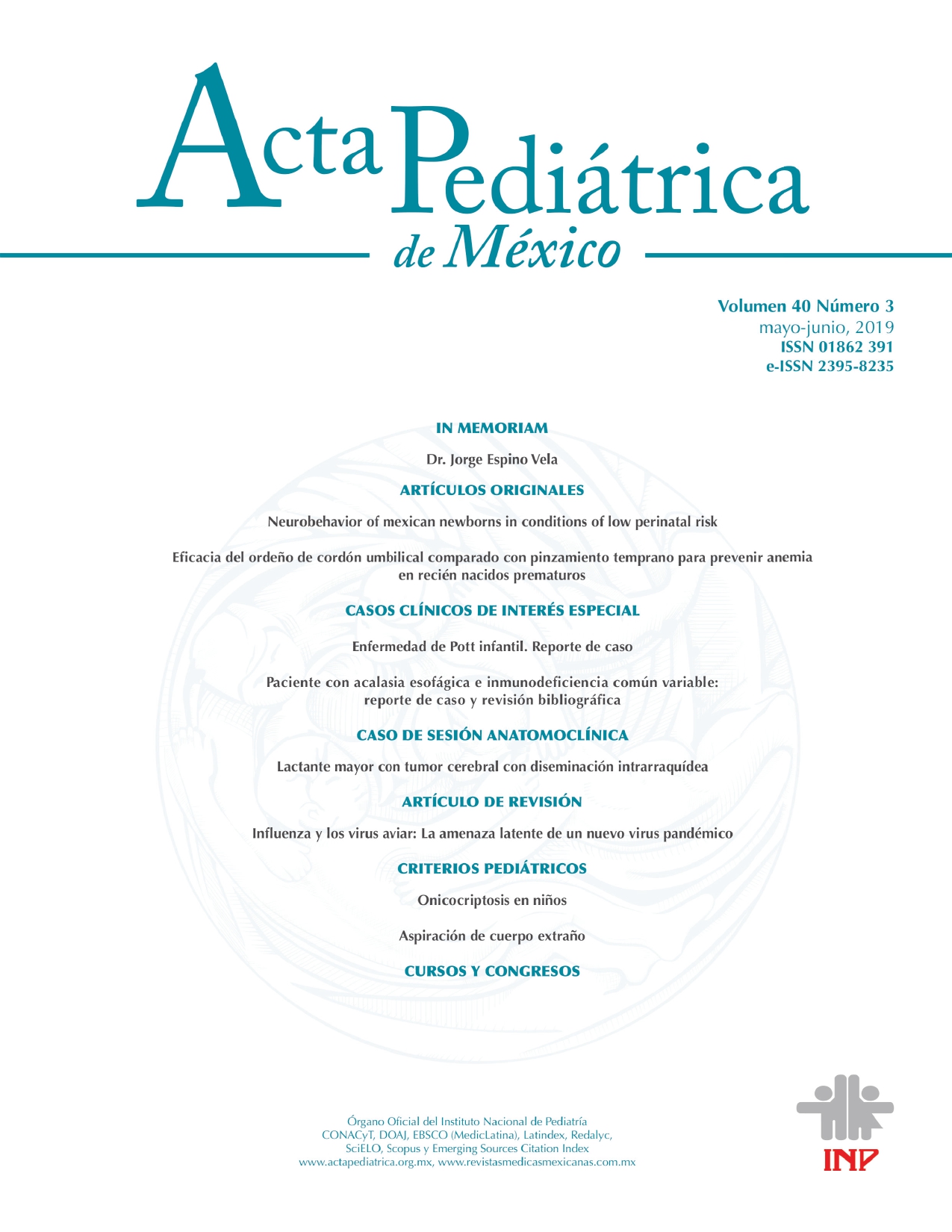A patient with esophageal achalasia and common variable immunodeficiency: A Case report and review of the literature
Resumen
BACKGROUND: Esophageal achalasia is characterized by defective esophageal peristalsis and insufficient relaxation of the lower esophageal sphincter secondary to degeneration of the myenteric plexus. The exact pathophysiological mechanism through which the myenteric plexus is damaged is not fully understood, but increasing evidence suggests that autoimmunity may play a role. Patients with primary immunodeficiencies often develop autoimmunity, and recent studies have shown an increased prevalence of autoimmune diseases in patients with esophageal achalasia.
CLINICAL CASE: We present the case of an 18-year-old female with a history of common variable immunodeficiency and a high degree of autoimmunity (alopecia, vitiligo and autoimmune thyroiditis), who presented with rapidly progressive dysphagia, chest pain, and food regurgitation. A barium swallow and a high-resolution esophageal manometry were performed, and she was diagnosed with type III esophageal achalasia, the least common subtype (10%).
CONCLUSION: Patients with primary immunodeficiencies often develop autoimmunity and may be at increased risk of developing esophageal achalasia. Further research is warranted in order to elucidate the role of autoimmunity in esophageal achalasia.



